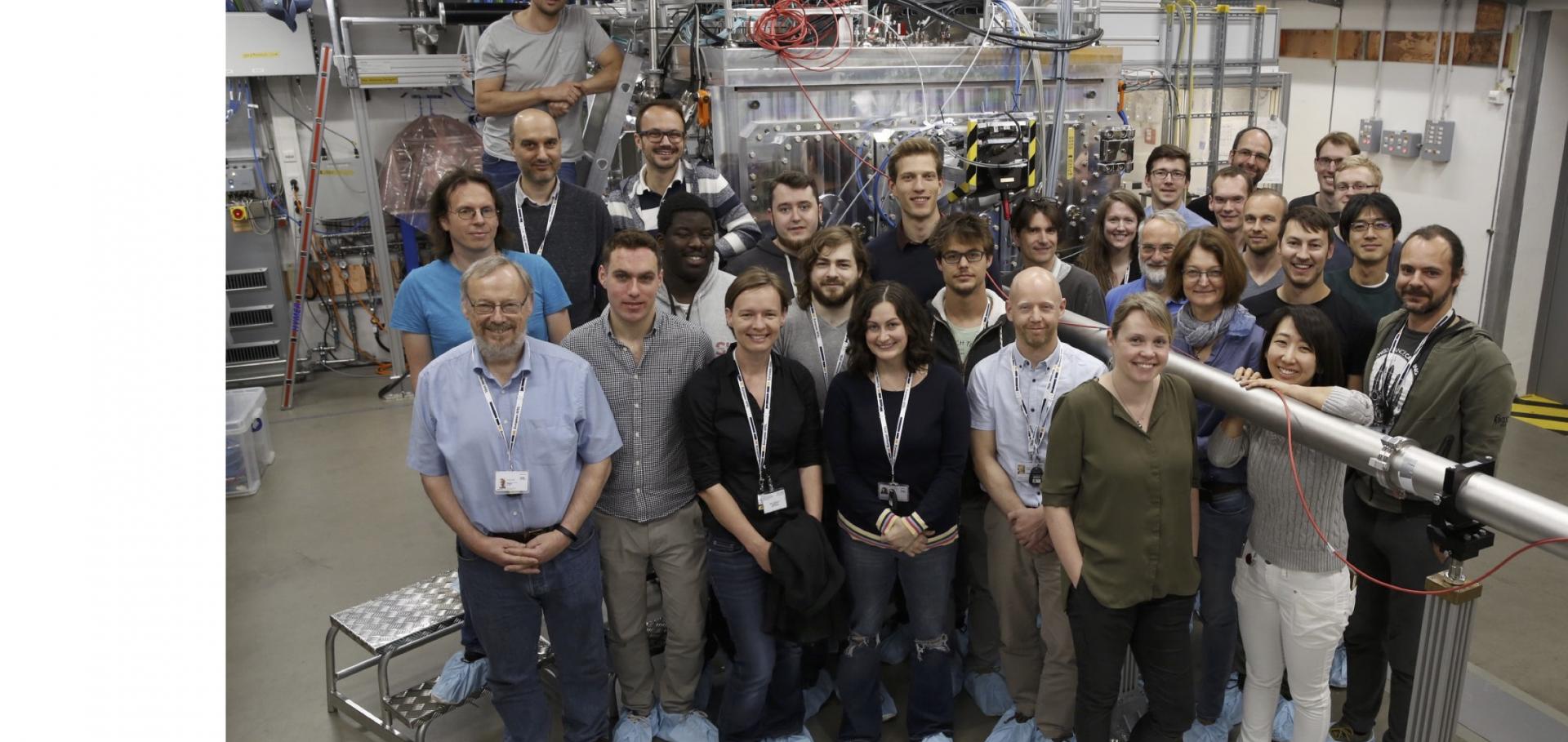Dielectronic satellite emission from a solid-density Mg plasma: relationship to models of ionisation potential depression
Investigating mechanisms of state localization in highly ionized dense plasmas
Abstract:
We present experimental observations of Kβ emission from highly charged Mg ions at solid density, driven by intense x rays from a free electron laser. The presence of Kβ emission indicates the n = 3 atomic shell is relocalized for high charge states, providing an upper constraint on the depression of the ionization potential. We explore the process of state relocalization in dense plasmas from first principles using finite-temperature density functional theory alongside a wave-function localization metric, and find excellent agreement with experimental results.
Quantifying ionization in hot dense plasmas
Simulations of collisional effects in an inner-shell solid-density mg x-ray laser
Abstract:
Inner-shell Kα x-ray lasers have been created by pumping gaseous, solid, and liquid targets with the intense x-ray output of free-electron-lasers (FELs). For gaseous targets lasing relies on the creation of K-shell core-holes on a time-scale short compared with filling via Auger decay. In the case of solid and liquid density systems, collisional effects will also be important, affecting not only populations, but also line-widths, both of which impact the degree of overall gain, and its duration. However, to date such collisional effects have not been extensively studied. We present here initial simulations using the CCFLY code of inner-shell lasing in solid density Mg, where we self-consistently treat the effects of the incoming FEL radiation and the atomic kinetics of the Mg system, including radiative, Auger, and collisional effects. We find that the combination of collisional population of the lower states of the lasing transitions and broadening of the lines precludes lasing on all but the Kα of the initially cold system. Even assuming instantaneous turning on of the FEL pump, we find the duration of the gain in the solid system to be sub-femtosecond.Non-thermal evolution of dense plasmas driven by intense x-ray fields
Abstract:
The advent of x-ray free-electron lasers has enabled a range of new experimental investigations into the properties of matter driven to extreme conditions via intense x-ray-matter interactions. The femtosecond timescales of these interactions lead to the creation of transient high-energy-density plasmas, where both the electrons and the ions may be far from local thermodynamic equilibrium. Predictive modelling of such systems remains challenging because of the different timescales at which electrons and ions thermalize, and because of the vast number of atomic configurations required to describe highly-ionized plasmas. Here we present CCFLY, a code designed to model the time-dependent evolution of both electron distributions and ion states interacting with intense x-ray fields on ultra-short timescales, far from local thermodynamic equilibrium. We explore how the plasma relaxes to local thermodynamic equilibrium on femtosecond timescales in terms of the charge state distribution, electron density, and temperature.


